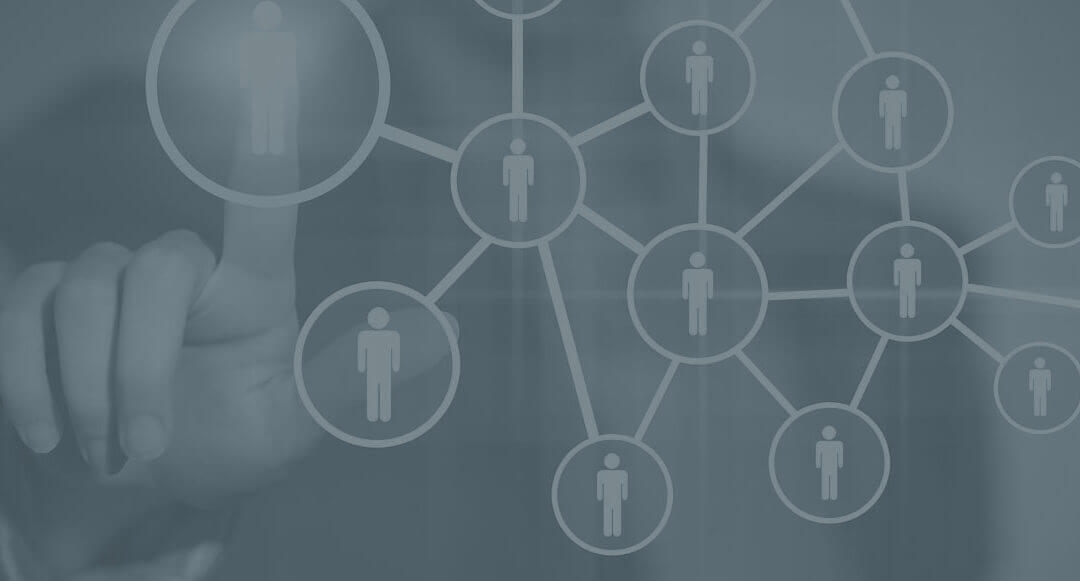This year’s HR Florida Conference and Expo kicks off in less than a week and the excitement is building, in part, because of the incredible lineup of talented speakers that will be taking center stage. We’ll be meeting some of these speakers in several upcoming posts and learning about how they tailor their expertise to motivate HR professionals. It’s a tough job considering that more than 1,500 professionals from across the globe are set to arrive in Orlando for the annual three-day event provided by the HR Florida State Council, a state affiliate of the Society for Human Resource Management (SHRM).
We’re going to take a closer look at one of the Masters Series presentations slated for opening day. ‘Leading in Transitional Times’ aims to help employees who are in charge of initiating a change at their workplace by improving their communication, leadership, and strategizing skills. Specifically, the changes referred to in this talk are related to institutional and organizational transitions like new systems or culture.
This got us thinking, though. What other sorts of changes are on the horizon for American companies and employees that have nothing to do with structure and institution?
Experts who attended this week’s Society for Human Resource Management Foundation’s 16th annual Thought Leaders Retreat say there are two main categories that will irreversibly affect the look of the American workplace:
1.) Demographics
2.) Generations
Speaker Tammy Erickson, author and CEO of Tammy Erickson and Associates, explained her findings based on a report named Building and Supporting Ethnic Diversity conducted by her firm in 2013. She concludes that in the future the American workplace will be comprised of more:
- Hispanics
- Women
- Older workers
- Entrepreneurs
- Mobile workers
- Employees who have new objectives and attitudes about how and why they work (mostly among people who are now less than 18 years of age)
In particular, Hispanics, will bring forth the most change by sheer number.
- By 2050 a majority of the U.S. workforce will be Hispanic and will represent 55% of the nation’s workers
- Hispanics are almost a decade younger than the general population
- More than a third of Hispanics are less than 18 years old
What does this have to do with the background screening industry, you might be wondering? A lot, especially when it comes to the Ban The Box movement.
If you remember, Ban The Box is a national campaign to eliminate questions about a person’s criminal convictions on job applications. The theory is that asking questions about criminal convictions disproportionately affects the opportunities of minorities, who have higher rates of arrests and convictions, from getting jobs. Since seventy million men and women in the United States have been arrested or convicted of a crime that will show up in a background check, checking that box already has a huge impact on people’s employment prospects.
Nearly a dozen states have implemented Ban The Box laws to eliminate the question. Because of the correlation between minorities and rates of conviction, and the demographical outlook of how the face the American worker will change (ie. more Hispanics), there is an even greater need to implement a fair, routine and standardized process for conducting background checks on your job applicants and candidates. If trends continue, Ban The Box laws will eventually pass in all 50 states (or even become Federal law) and that means a solid and thorough background check will be necessary to uncover a person’s criminal convictions.
What other transitions do you see coming to the American workplace? How can industries involved with the hiring process like ours be better equipped to handle these changes? These questions will likely be hot topics at next week’s #HRFL14 conference.

